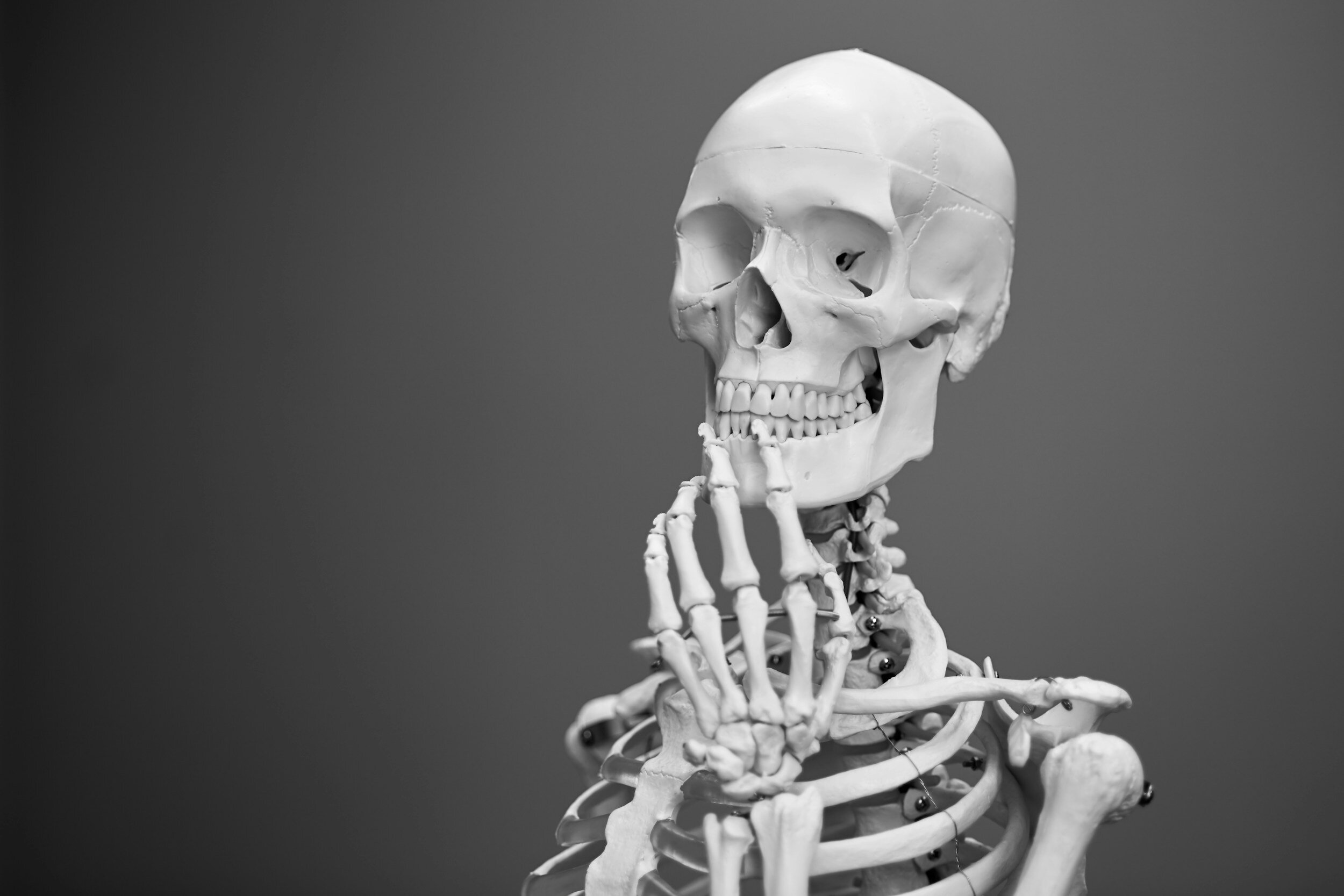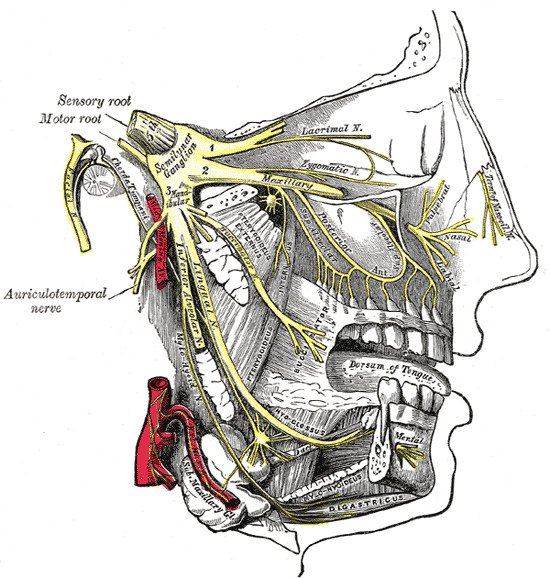Are Your Ear Symptoms Really Jaw Symptoms?
What causes tinnitus? Why does my hearing feel muffled? Possible causes for ear pain? If you’ve been searching for answers about your ear symptoms with no improvements, it might be time to look at your jaw!
Temporomandibular Joint Dysfunction and Ear Symptoms
Individuals with temporomandibular joint dysfunction (TMD) may experience many symptoms in conjunction with their jaw complaints. Ear related symptoms are quite common. These may include ear pain, tinnitus (sounds heard within the ear such as ringing, buzzing, roaring), dampened or muffled hearing, and pressure within the ear.
Owing to the proximity of the temporomandibular joint (TMJ), to the ear, one can appreciate that pain of TMJ origin may be interpreted as ear pain. Jaw pain is typically felt just in front of and/or below the ear. Pain stemming from an ear infection is usually felt deep, inside the ear. If movement of the jaw changes the intensity of the ear pain, this would lend support to the jaw being the source of the problem.
The Trigeminal Nerve and its Influence on the Ear
The Trigeminal Nerve is the largest and most complicated of the twelve cranial nerves. It supplies the nerves to many structures in the neck and face. The muscles of mastication (i.e.: the muscles which control movement of our jaw) and muscles which aid swallowing are among those structures supplied by the Trigeminal Nerve. If pain or dysfunction develops in a structure, increased neural output results. If nerve activity is altered for long enough periods, hypersensitization of nerve cells may occur. This is a condition commonly referred to as facilitation. In cases of facilitation, improper processing of information in the Central Nervous System may occur. This can result in structures, supplied by the facilitated nerve, becoming symptomatic, even if they are not the source of the problem.
The Tensor Tympani and Tensor Veli Palatini muscles are two muscles which may present with dysfunction if the Trigeminal nerve is facilitated. The Tensor Tympani muscle is located in the middle ear. It functions to control tension on the ear drum as well as decrease sound transmission through the middle ear. The Tensor Veli Palatini muscle functions to tense the soft palate of the mouth and open the Eustachian tube. This aids swallowing and allows us to equalize pressure between the middle ear and the external environment. Improper functioning, of the above muscles, can lead to the development of ear symptoms.
It is important to have ear complaints investigated by a physician. They can guide diagnostic and management strategies, some of which may include: medication, referral for additional testing, consultation with a specialist such as an ENT physician, etc. In addition to medical follow up, a detailed musculoskeletal screening of the neck and jaw, via Physiotherapy assessment, should be considered.
Written by: Kerri Graham, BScPT, CAFCI, Dry Needling Certified
Corona Station Physical Therapy in downtown Edmonton, Alberta




